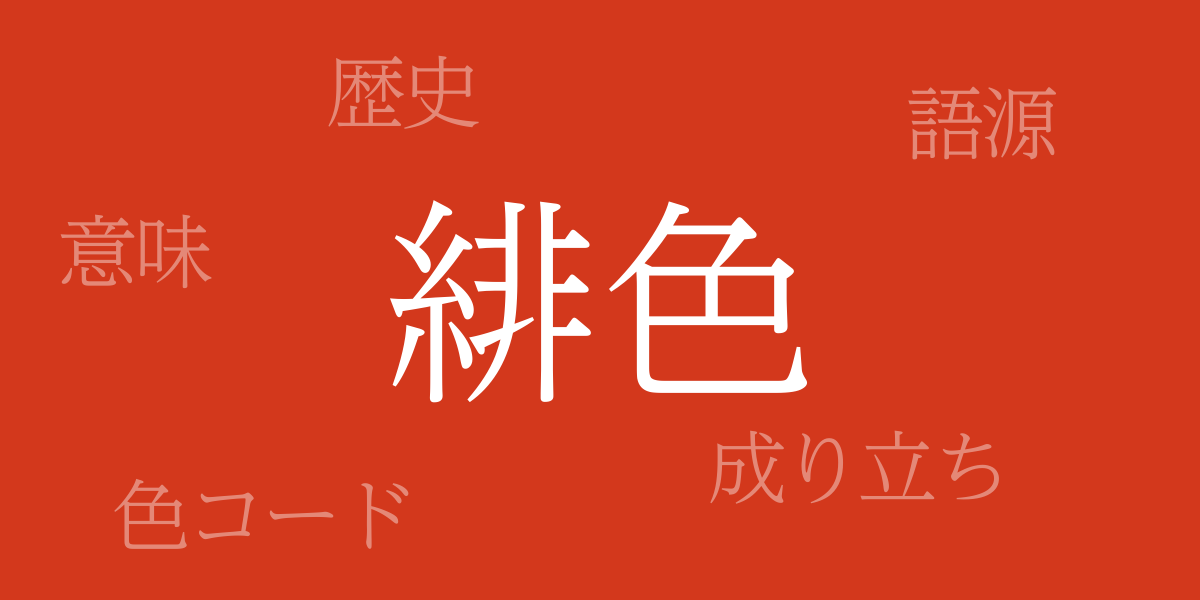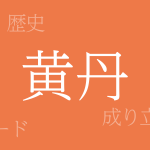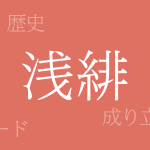Among the rich traditional cultures of Japan, the vibrant and deep ‘Hi-iro (ひいろ)’ has a long-standing history as one of Japan’s traditional colors. This intensely vivid red has been a symbol of beauty in Japanese culture, used in clothing, paintings, and various crafts. This article explores the allure of Hi-iro, delving into its history, color codes, and its Western name.
About Hi-iro (ひいろ)
Hi-iro (ひいろ) is one of Japan’s most passionate and powerful traditional colors. Its name originates from the ‘Higai (ひがい)’ clam, used historically as a dye for this color, revered as a noble color since ancient times. Hi-iro, a warm mix of red and orange, symbolizes vitality and courage, and continues to be cherished by people.
History of Hi-iro
The use of Hi-iro dates back to the Nara period, where it was employed in the garments of the imperial family and nobility as a symbol of power and status. By the Heian period, Hi-iro became more commonplace, used by samurai and temples. In the Edo period, it spread further, even being used in the garments of firefighters, and became popular among the common folk. Today, it is featured in traditional ceremonies, festival attire, and crafts.
Color Codes for Hi-iro
In digital and web design, specific color codes are used to replicate Hi-iro. Below are the color codes associated with Hi-iro:
- HEX: #D3381C
- RGB: R:211 G:56 B:28
- CMYK: C:21 M:91 Y:99 K:0
Western Name for Hi-iro
The Western equivalent of Hi-iro is ‘Scarlet’. Scarlet refers to a bright red in English, encapsulating the rich and passionate hue of Hi-iro. It is a popular color in Western culture as well, used widely in fashion and interior design.
Summary on Hi-iro
Hi-iro holds a special place in Japanese culture due to its history and beauty. Not only in traditional attire and crafts but also in contemporary design fields, the charm of Hi-iro remains undiminished. By knowing the color codes for Hi-iro, it can be effectively utilized even in the digital world. As a symbol of passion and vitality, Hi-iro will continue to enchant people for years to come.

























